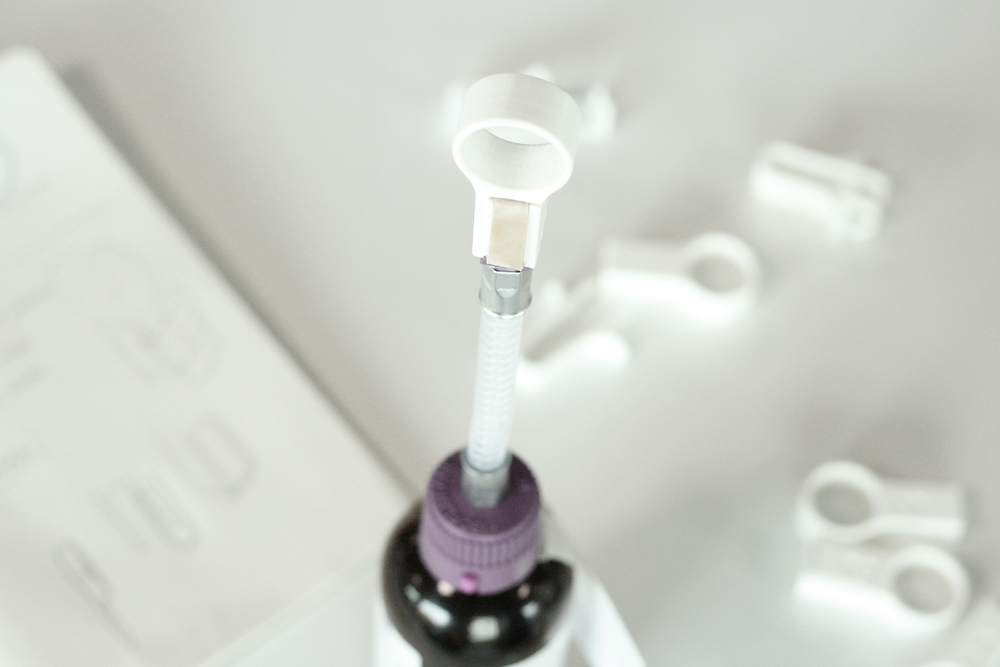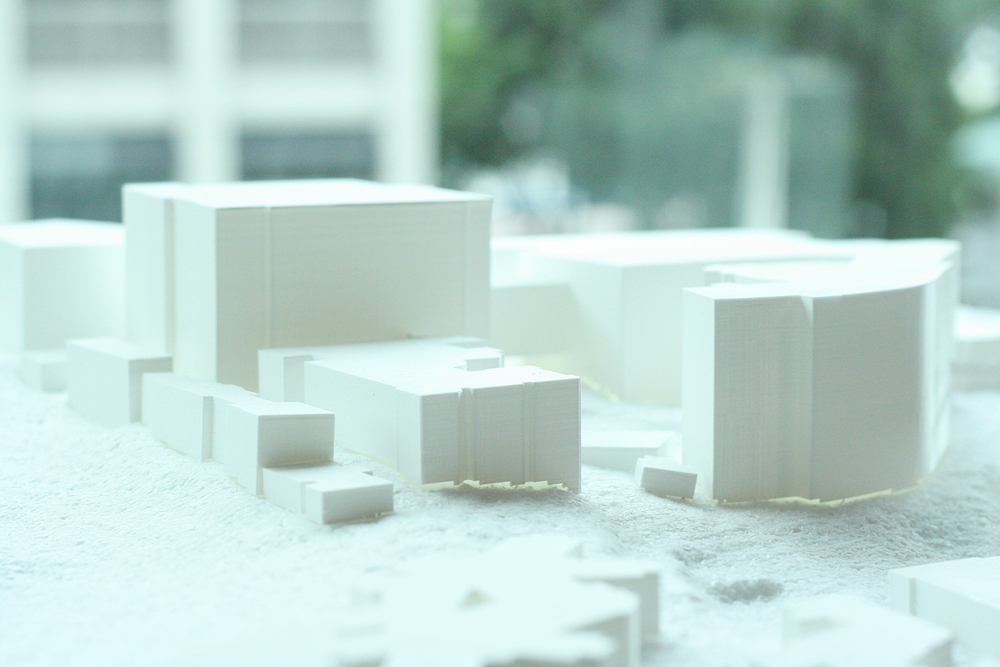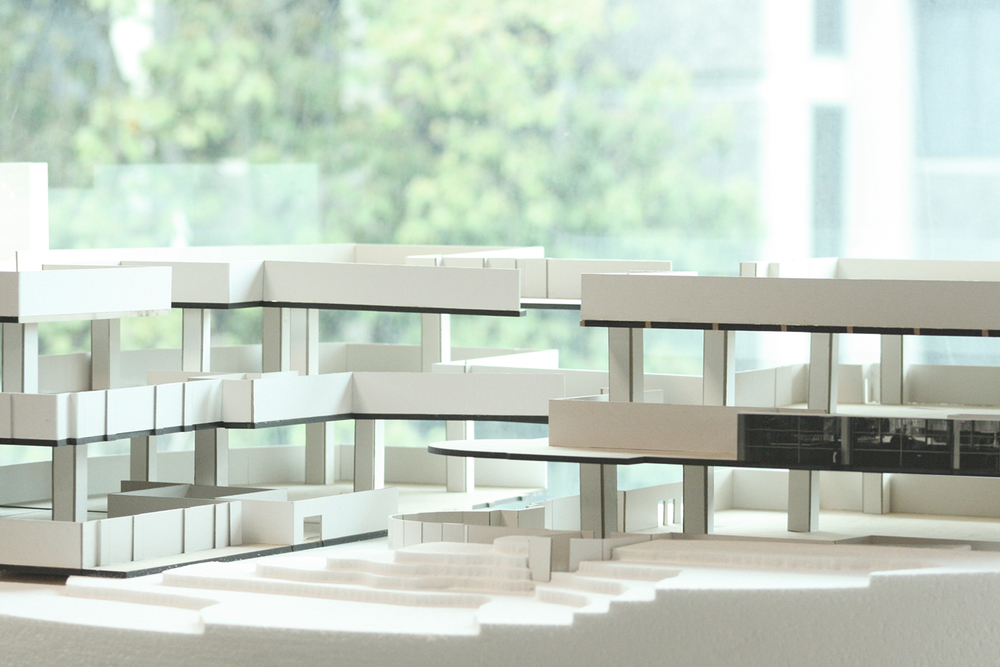 Recently, a clinician from Pharmacy at Auckland DHB approached the design lab with a pressing issue around sealing anaesthetic bottles. Current practise stores the bottles with a hose attachment to identify them as 'in use.' However the bottles drip if they are moved around.
Recently, a clinician from Pharmacy at Auckland DHB approached the design lab with a pressing issue around sealing anaesthetic bottles. Current practise stores the bottles with a hose attachment to identify them as 'in use.' However the bottles drip if they are moved around.
Using rapid prototyping, a design was developed to seal the bottles quickly and easily, and exemplifies the strength of rapid prototyping low volumes. The design is currently being refined before a small batch of caps are printed for use.







